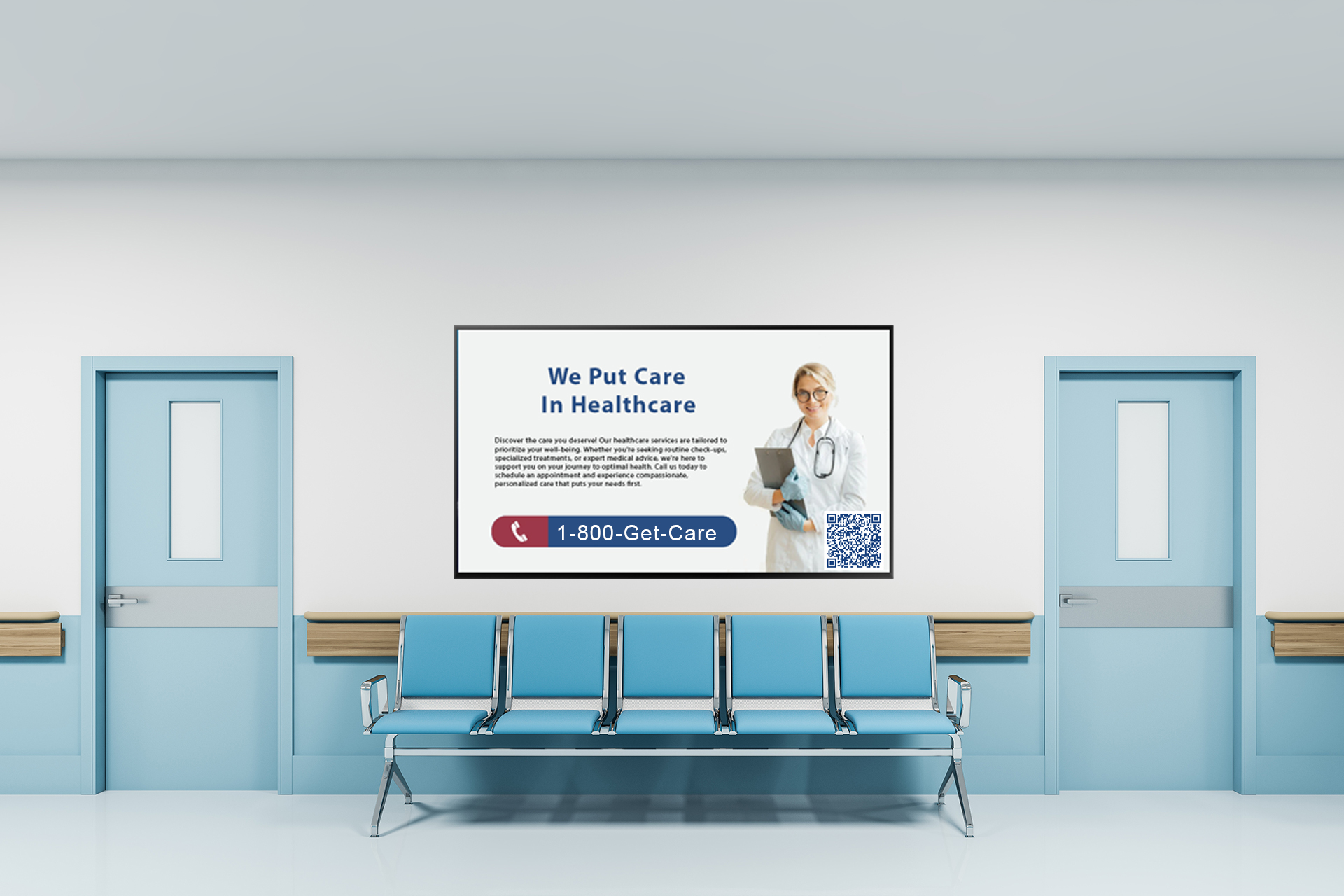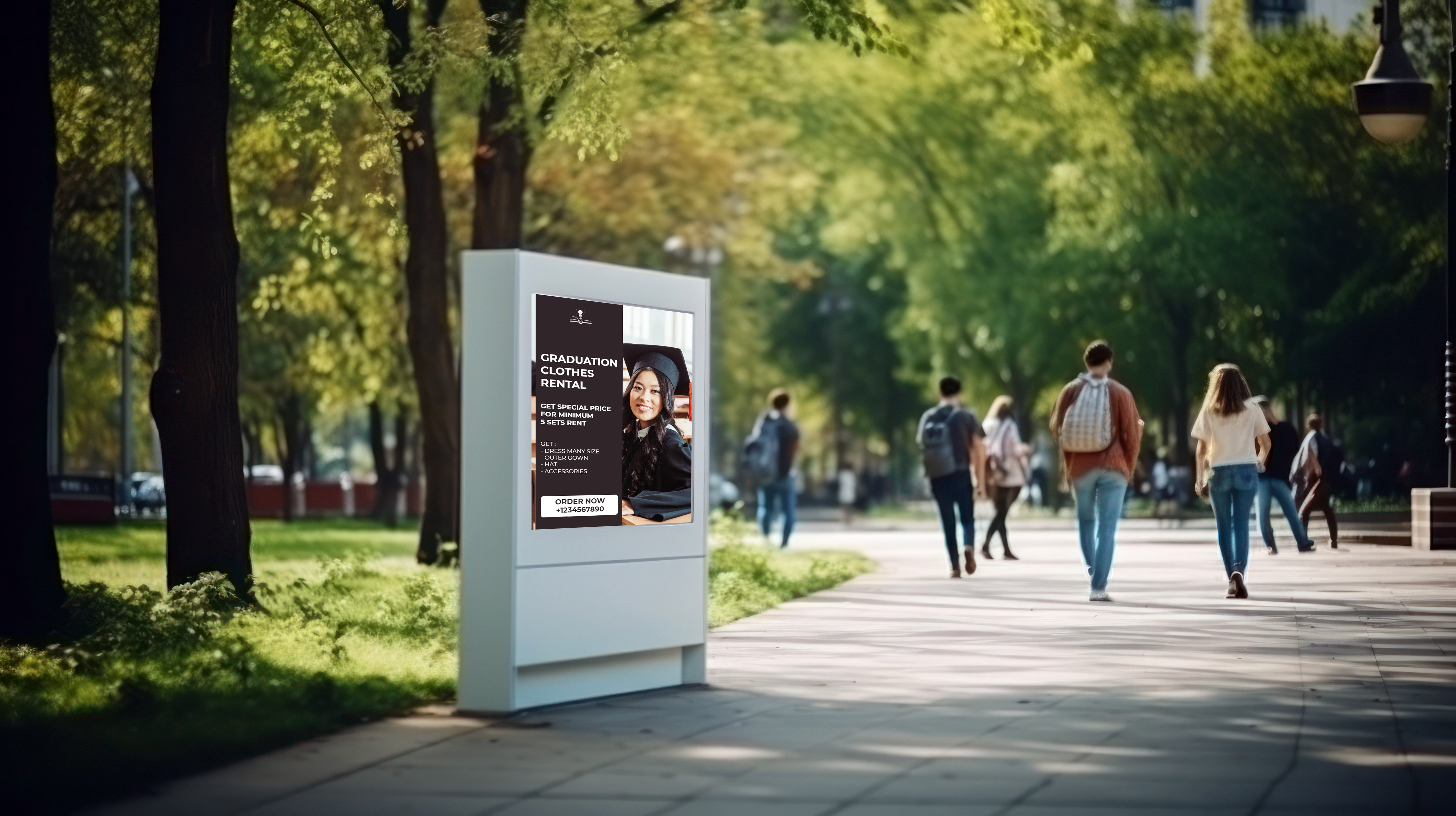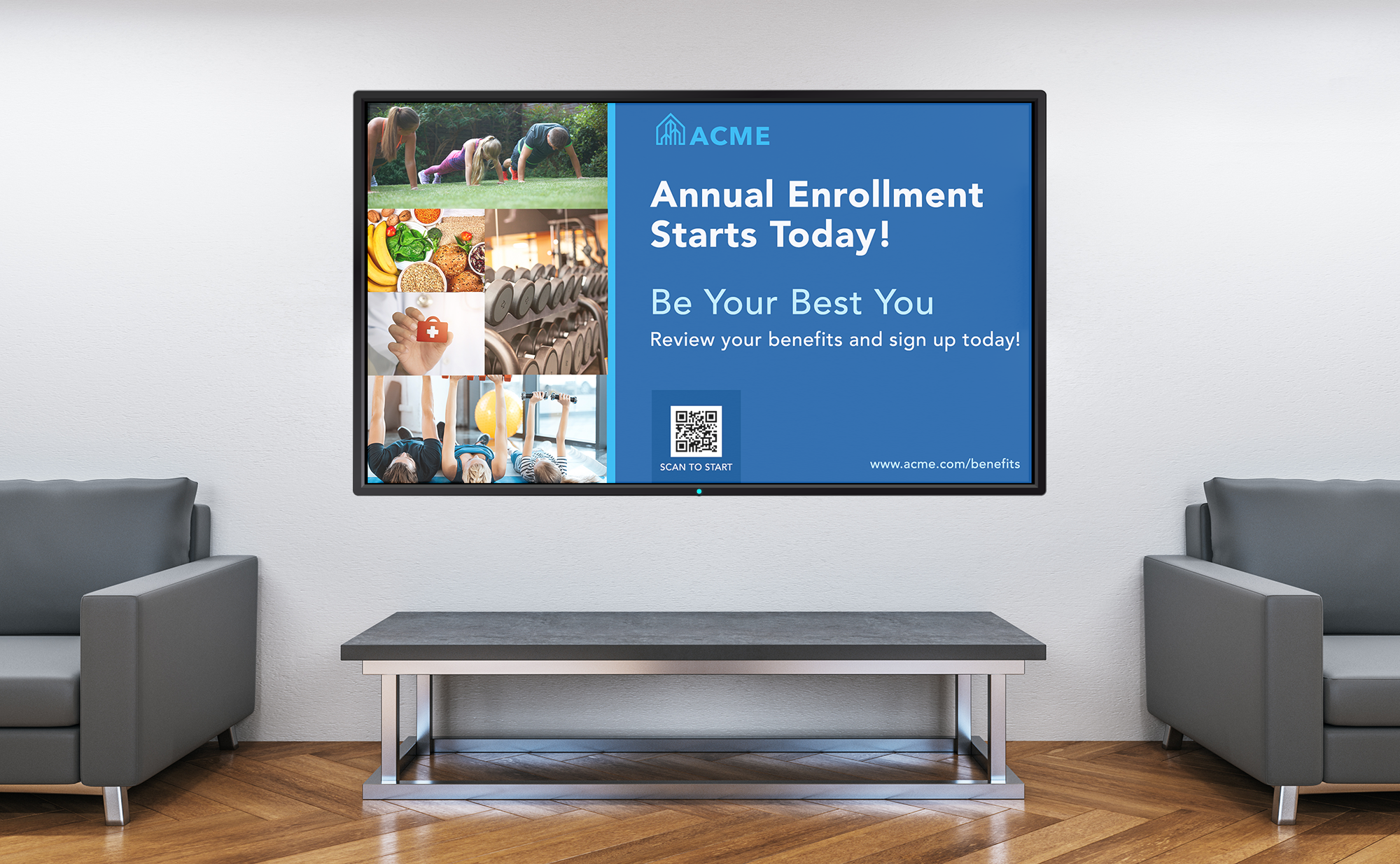Healthcare, once tethered to paperwork and face-to-face consultations, is now in the throes of a digital metamorphosis. Electronic Health Records are digitizing patient histories, telemedicine is breaking down geographical barriers, and diagnostic technologies are becoming more sophisticated by the day. The goal? Improved patient outcomes, streamlined operations, and a healthcare system that’s more accessible and efficient than ever.
Enter the disruptor – smart digital signage. It’s not your grandmother’s static display; it’s a game-changer in healthcare communication. No longer confined to merely flashing announcements, smart digital signage is the tech-savvy answer to the communication challenges that have lingered in healthcare corridors.
Importance of Communication in Healthcare
Communication isn’t just a facet of healthcare; it’s the lifeline. Effective communication is the linchpin of patient care, influencing every aspect of the healthcare journey. From diagnosis to treatment, the ability to convey information clearly and promptly is paramount.
Yet, traditional communication methods in healthcare have their limitations. The reliance on paperwork, fragmented communication channels, and the risk of misinterpretation can impede the seamless flow of information. These challenges underscore the need for a communication revolution within the healthcare sector.
Smart digital signage serves as a beacon of hope in the face of communication challenges. This isn’t about replacing human interaction; it’s about enhancing it. Smart digital signage steps in as a dynamic solution, streamlining communication, and ensuring that crucial information reaches the right people at the right time.
Applications of Smart Digital Signage in Healthcare
Smart, healthcare digital signage is a tech-savvy communication solution, featuring digital screens with interactive capabilities. Unlike old-school signs, it’s remotely controlled, enabling real-time updates and dynamic content. In healthcare, it’s a versatile tool—guiding people through the hospital, delivering health info, and keeping waiting rooms entertained. It’s a game-changer, making communication more efficient and the patient experience unequaled.
Wayfinding and Navigation
Navigating the complex corridors of a healthcare facility becomes a seamless experience with the aid of digital signage. Interactive maps guide patients and visitors, eliminating the stress of getting lost, while real-time directions provide a fluid journey to specific facilities within the hospital.
Patient Education
Digital signage in hospitals transforms waiting areas into informative hubs. The display of health information and details on treatment options empowers patients with knowledge, fostering a deeper understanding of their conditions and available medical pathways.
Queue Management
The perpetual challenge of waiting times is tackled head-on with smart digital signage. Real-time updates on wait times and queue information keep patients informed, minimizing uncertainty, and enhancing their overall experience.
Event and Schedule Information
From appointment reminders to announcements about health events, smart digital signage ensures that patients are well-informed about their schedules and any upcoming healthcare-related activities within the facility.
Emergency Alerts
In critical situations, smart digital signage becomes a vital communication tool. Emergency information displays provide clear and immediate guidance, and the system facilitates communication during crisis situations, ensuring a swift and coordinated response.
Health Promotion
Smart digital signage takes on a proactive role in promoting health and wellness. From wellness tips to nutritional information, these displays contribute to creating an environment that encourages healthier lifestyles among patients and visitors.
Patient Entertainment
Beyond information dissemination, smart digital signage enhances the patient experience through entertainment. TV programs and news keep patients engaged during waiting times, and educational content offers valuable insights into various health-related topics.
Staff Communication
Internally, smart digital signage becomes a means of streamlined communication for healthcare staff. From internal announcements to training and development programs, these displays keep the staff informed, connected, and continuously growing in their roles.
Feedback and Surveys
Patient feedback is a cornerstone of healthcare improvement. Smart digital signage facilitates the collection of patient feedback, providing insights into their experiences. The gathered data becomes a powerful tool for quality improvement initiatives.
Data Visualization
The display of performance metrics on smart digital signage offers a transparent view of healthcare operations. Integrating with Electronic Health Records (EHR), these visualizations provide valuable insights into patient care, contributing to data-driven decision-making within the healthcare facility.
Unlocking the Potential of Smart Digital Signage in Healthcare
The benefits of integrating smart digital signage in healthcare settings are evident. From facilitating seamless wayfinding and enriching patient education to streamlining communication and providing entertainment, the impact is transformative. Smart digital signage transcends mere information display; it fosters an environment conducive to improved patient experiences and heightened operational efficiency. The imperative is clear — healthcare facilities must embrace the ongoing wave of digital transformation. The integration of smart digital signage is more than a technological upgrade; it represents a strategic shift toward a patient-centric and efficient healthcare environment. As we propel forward, seizing the opportunities presented by smart digital signage, we pave the way for healthcare facilities to enter a new era of communication, efficiency, and heightened patient satisfaction. The time for embracing this digital evolution is now

